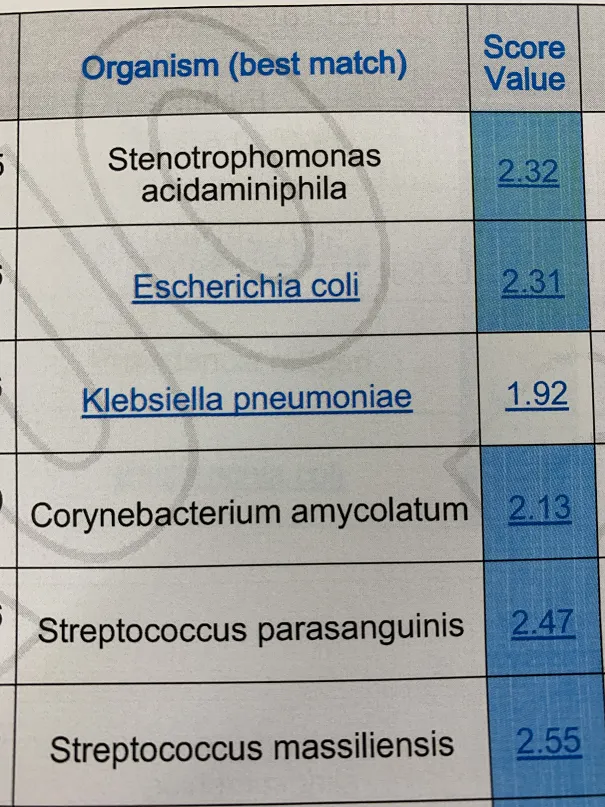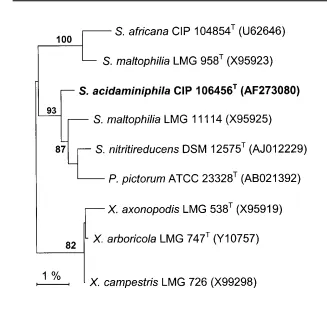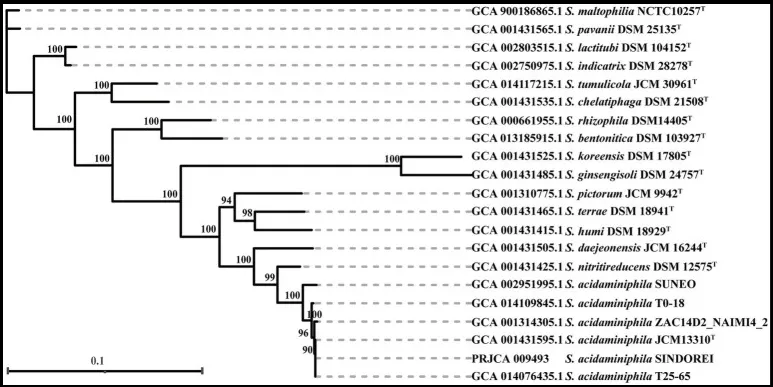Sometimes, when I identify an organism in a patient sample, it leads to more questions. The questions may not be related to treatment but for mere curiosity.

Stenotrophomonas is not an uncommon genus of pathogens. However, the most common species I have come across have been the maltophilia. So, it was the first time I came across a S. acidaminiphilia. It was pretty easy to tell we don't see this often (if ever) because our system didn't have a code for it. No biggie, it meant I had to type in "free text" instead of using existing codes for the report.
Setting up antibiotic testing for this particular organism was not difficult at all. I ran it through the protocol as if it were a S. maltophila. The caveat was to make sure the system didn't name it as such.
For context, S. acidaminiphilia are found in "anaerobic digesters". The patient may have acquired it through some water treatment or industrial waste plant. Without digging into patient history, this is pure conjecture.

I found the figure in a paper, which showed phylogenic relationship of the bacteria compared to other members of the genus. I would say I was justified in running the protocol I chose.
What's interesting in the paper is that it claimed S. acidaminiphilia was a strict aerobe. However, the organism continued to persist even under anaerobic conditions without the usual mechanisms like sporulation. There isn't much information regarding this particular organism.
The more recent paper (2022) I've found dealt with multi-drug resistant variant of S. acidaminiphilia. The publication also states that there isn't much information about it. But like its other Stenotrophomonas cousins, it's unsurprising that it can be very resistant.
Here is an updated phylogenic map from the more recent paper:

Let's hope the research keeps up with the evolution.
Posted using STEMGeeks